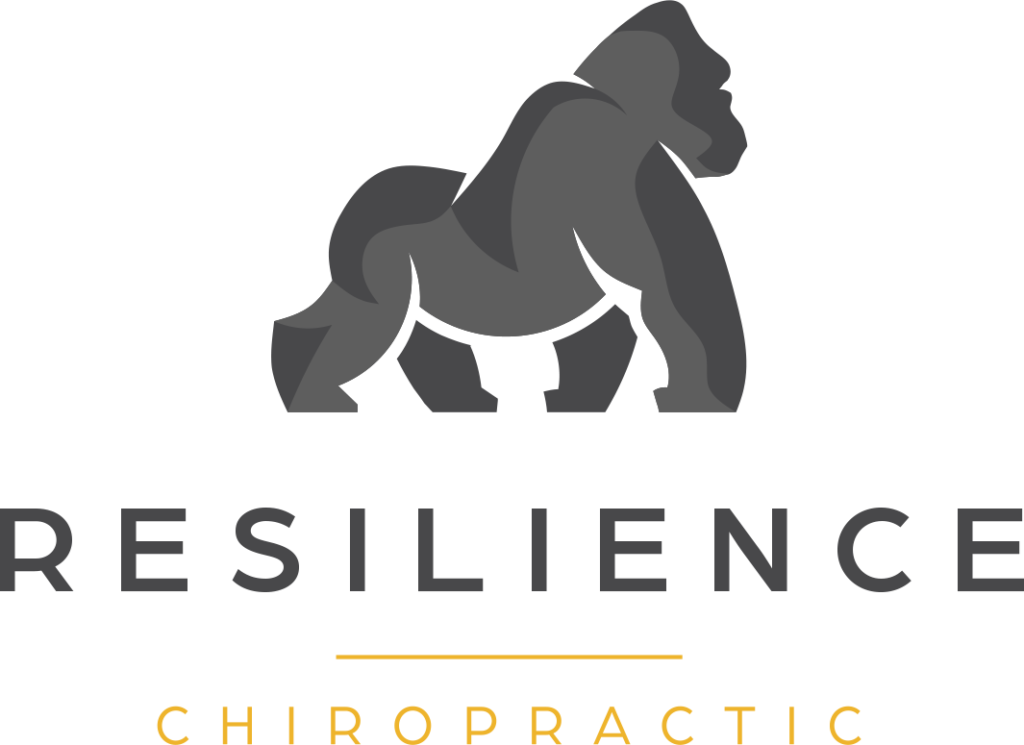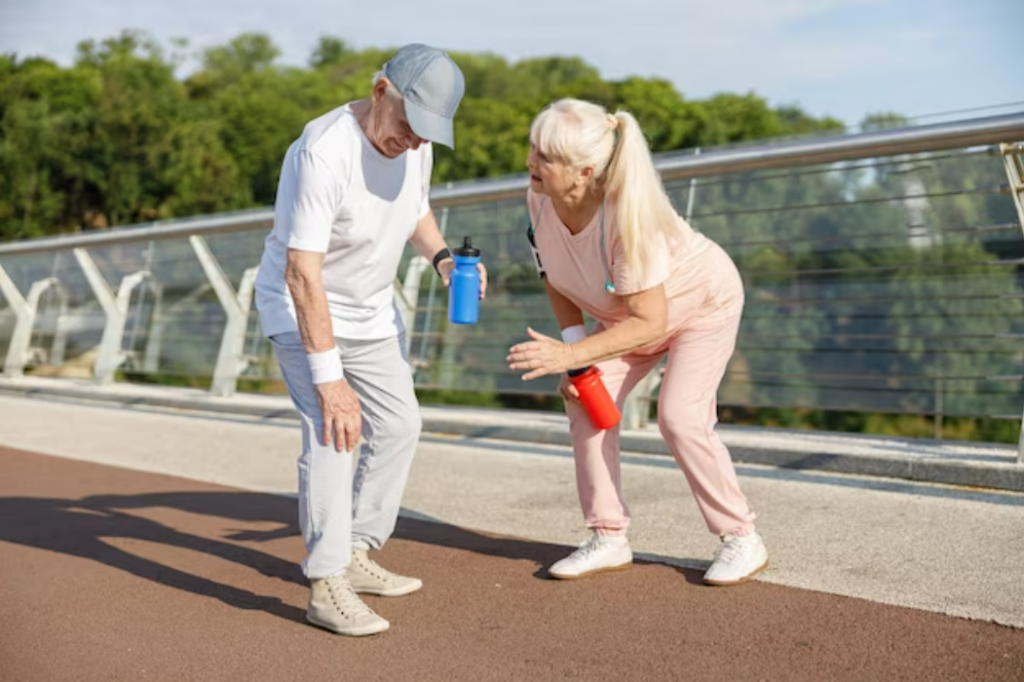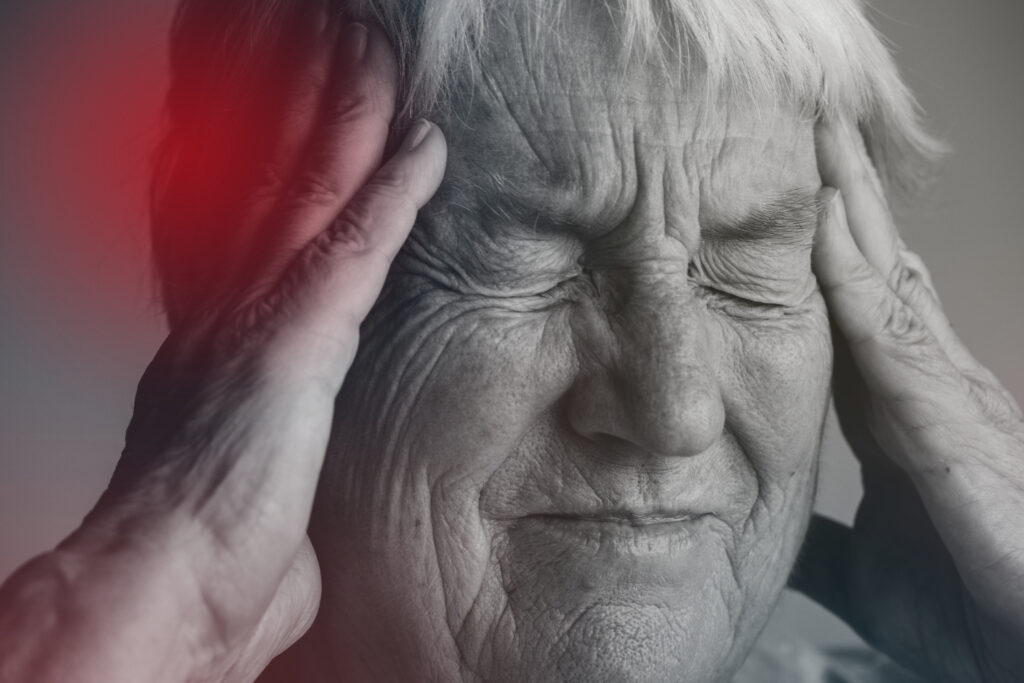As we grow older, our bodies inevitably encounter various signs of aging, and our knees are no exception. These hardworking joints, responsible for providing mobility and supporting our body weight, often bear the brunt of decades of use, and as a result, knee pain becomes a common complaint among older adults. The pain, which can range from a dull ache to severe discomfort, can dramatically affect quality of life, hindering the ability to participate in daily activities, hobbies, or even simple movements like walking or climbing stairs.
However, experiencing knee pain in your golden years is not a foregone conclusion. In fact, there are numerous proactive steps you can take to protect these critical joints and maintain your mobility. In this blog post, we’ll explore the common causes of knee pain in older adults, the potential impact on lifestyle and well-being, and most importantly, practical tips and strategies for maintaining joint health and keeping knee pain at bay. Because aging might be inevitable, but living with chronic knee pain doesn’t have to be.
Understanding the Aging Knee in San Leandro
Before we can dive into the specifics of knee pain, it’s essential to understand the knee joint’s structure and function. The knee is the body’s largest joint, a hinge joint located where the thigh bone (femur) meets the shinbone (tibia). The kneecap, or patella, slides in a groove on the end of the femur and covers the joint.
This joint is susceptible to various injuries and diseases due to its complex structure and significant load-bearing function. With age, the components of the knee, such as the cartilage, tendons, ligaments, and muscles, can wear and tear, leading to conditions like osteoarthritis, tendinitis, bursitis, and meniscal tears.
The Prevalence of Knee Pain in Older Adults
According to the Center for Disease Control (CDC), nearly 50% of adults aged 65 years and above report a diagnosis of arthritis, a common cause of knee pain. Osteoarthritis, the most common form of arthritis, often affects the knees and causes the cartilage to break down, making movement painful.
The prevalence of knee pain in older adults highlights the urgency of addressing this issue and taking proactive measures to prevent its onset and progression.
Knee Pain Causes and Risk Factors
Understanding the causes of knee pain is the first step in preventing and managing the condition. In older adults, knee pain often results from a combination of age-related changes and certain risk factors.
Aging and Degeneration: As we age, cartilage can become more brittle and less capable of repairing itself. Bones also lose density, making them more susceptible to fractures.
Osteoarthritis: This is the most common cause of knee pain in older adults. As the cartilage deteriorates, the bones begin to rub against each other, causing pain and inflammation.
Obesity: Excessive body weight puts additional pressure on weight-bearing joints, such as the knees. Each pound of body weight translates into four pounds of pressure on the knees.
Inactivity: Lack of physical activity can lead to muscle weakness and stiffness, both of which can cause or exacerbate knee pain.
Previous Injury: Older adults who have had knee injuries are more likely to experience knee pain later in life.
Preventing and Managing Knee Pain
Prevention and management of knee pain in older adults center on maintaining joint health. Here are some practical tips:
Stay Active: Regular physical activity strengthens the muscles around the knee and increases flexibility. Low-impact activities, such as walking, cycling, swimming, and strength training, are particularly beneficial.
Maintain a Healthy Weight: Reducing excess body weight lessens the load on the knees. Even small reductions in weight can have a significant impact on reducing knee pain.
Stretch Regularly: Flexibility exercises can help maintain the range of motion of the knees and reduce the risk of injury. Gentle stretching should be a part of any exercise regimen.
Wear Appropriate Footwear: Shoes that support the arch and cushion the heel can help alleviate knee pain. In some cases, custom orthotics may be beneficial.
Eat a Balanced Diet: Certain nutrients, such as vitamin D, calcium, and omega-3 fatty acids, are essential for joint health. A diet rich in fruits, vegetables, lean proteins, and healthy fats can help maintain healthy joints.
Treatment Options for Knee Pain in San Leandro
The treatment of knee pain is as diverse as its causes. While some cases may be effectively managed with simple lifestyle changes and conservative treatments, others may require more invasive procedures or even surgery. As always, your healthcare provider is your best source of guidance and should be involved in any decisions about your treatment. Here are some treatment options for knee pain:
1. Self-Care Measures:
Many instances of knee pain can be effectively managed through self-care measures. These might include:
Rest and Avoidance of Certain Activities: If your knee pain is the result of overuse or a minor injury, resting the joint can help to reduce inflammation and speed healing. Similarly, avoiding activities that aggravate your knee pain can help to prevent further injury.
Ice and Heat: Applying ice to the knee can help to reduce inflammation, especially in the first 48 hours after an injury. Heat, on the other hand, can help to relax muscles and improve blood flow, easing pain and stiffness.
Elevation: Elevating the knee can reduce swelling and inflammation, helping to alleviate pain.
2. Physical Therapy:
Physical therapy can be extremely beneficial for knee pain, particularly when it’s caused by a functional issue such as a muscular imbalance or a problem with the way the knee moves. A physical therapist can provide exercises to strengthen the muscles around the knee, improve flexibility, and correct any movement issues.
3. Chiropractic Care
Chiropractic care is a non-invasive and drug-free approach to managing knee pain that focuses on the musculoskeletal system’s alignment and overall body function. Chiropractors at Resilience Chiropractic are trained professionals who assess and diagnose joint dysfunctions and provide appropriate treatments.
Chiropractic care offers a holistic approach to managing knee pain in older adults. They use a combination of manual adjustments, therapeutic exercises, and other non-invasive techniques to address the root causes of knee pain and promote joint health.
Pain Relief: Chiropractic adjustments can help reduce pain and inflammation in the knee joint by realigning the spine and promoting proper nerve function. This can result in decreased pressure on the knees and improved mobility.
Improved Joint Function: Chiropractic care can enhance joint function and range of motion in the knees. By restoring proper joint mechanics, chiropractors can alleviate stress on the knee joint and surrounding tissues.
Strengthening Exercises: Chiropractors often prescribe specific exercises to strengthen the muscles supporting the knee joint, which can help prevent further knee pain and injury.
Individualized Treatment Plans: Chiropractors tailor treatment plans to each patient’s unique needs, considering factors such as age, overall health, and the severity of knee pain.
Non-Invasive Approach: Chiropractic care focuses on non-invasive techniques and avoids the use of medications or surgery, making it a safe and natural alternative for older adults seeking pain relief.
Knee Pain Treatment in San Leandro
In conclusion, effective treatment for knee pain in older adults requires a comprehensive approach that addresses the underlying causes, promotes joint health, and provides relief from pain. Incorporating lifestyle modifications such as regular exercise, maintaining a healthy weight, and practicing proper body mechanics can play a significant role in managing knee pain. Furthermore, considering chiropractic care as a treatment option can provide additional benefits by focusing on joint alignment, reducing pain, and enhancing overall well-being.
If you or a loved one is seeking professional assistance in managing knee pain, consider visiting Resilience Chiropractic at San Leandro. Our experienced team of chiropractors specializes in providing personalized treatment plans tailored to your unique needs. Contact us today at (510) 969-4048 to schedule a consultation and take the first step towards finding effective relief from knee pain.




